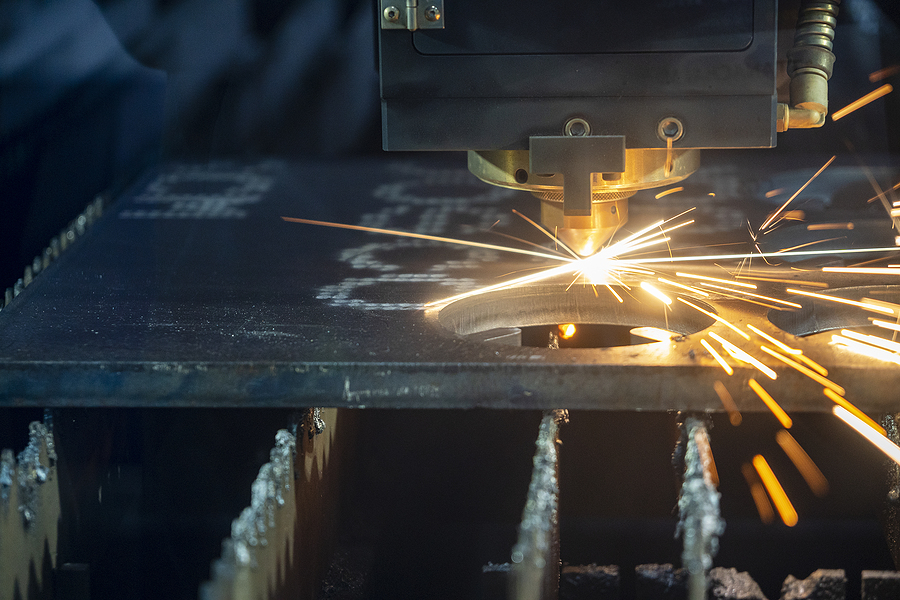Desktop Laser Cutter Guide: Materials You Can Cut With Them
Are you a beginner in laser cutting, and are you confused on what and what not to cut with a desktop laser cutter? Then you are going to find this article very helpful. This versatile machine permits you to cut samples into pieces and helps engrave various styles and designs on these samples.
One of the major advantages of buying these machines is their ability to work on a long list of samples. But the cutting process involves burning and substance release, which means not all materials are safe to be engraved on the machine.
So you have to know what sample can be cut or engraved with the desktop laser cutter, especially you are planning to use it more often. This guide gives you an overview of some samples that are very safe to be processed on the desktop-type laser cutter.
- Wood.
These resources are one of the most suitable samples for the engraving or cutting process. These materials come with high flexibility and tensile strength, making it easy for the desktop laser cutter to work on them. Plywood and MDF are the most preferred wood used here by experts.
Plywood consists of distinct types of thin wood sheets placed to form adjacent layers. Their unique structure offers high resistance and flexibility. MDF is made from several kinds of wood bound together with wax and resins.
The plywood and MDF are cheap and flexible wood that doesn’t crack or deform when processed on the cutter.
- Metals.
These materials are one of the main reasons a desktop laser cutter is purchased, especially for industrial sites. These machines can engrave all metal types. Non-ferrous metals, Mild and stainless steel are well-known samples used.
You will find steel and reflective metals like aluminum very hard to cut. If you eventually get them processed, they don’t come out fine and neatly done.
Ensure you know the thickness of the metal you are to cut. The desktop laser cutter can neatly process materials up to 30nm.
- Plastics And Acrylics.
A desktop laser cutter is a versatile machine that can process a wide range of samples, and plastics are not exempted. Plastics like cast and extruded acrylics, Delrin, and mylar are popular samples processed by professionals.
These materials are perfect for designing artworks, signs, and jewelry. Some plastics like polyvinyl chloride, high-density polyethylene, and acrylonitrile butadiene styrene or ABS are plastic types that you should never cut.
These plastics emit corrosive substances that can inherently spoil your machine.
- Paper And Cardboard.
Paper and cardboards are the easiest and cheapest samples to process on the desktop laser cutter. Many designs and crafts you see on cardboards, like invitation cards, are carried out with the engraver machine.
These materials are very straightforward to process. They can be folded, cut seamlessly, and designed into any form you want. But it would help if you are extra careful when processing this sample because they have a low resistance to flame and humidity.
Other materials like leather, foams and textile are very safe to process on the desktop laser cutter. This machine is enjoyable to work with. But before you work on any material, please ensure that it doesn’t contain any hazardous substances released when heated.
We hope you were able to learn something new today. We wish you the best.

